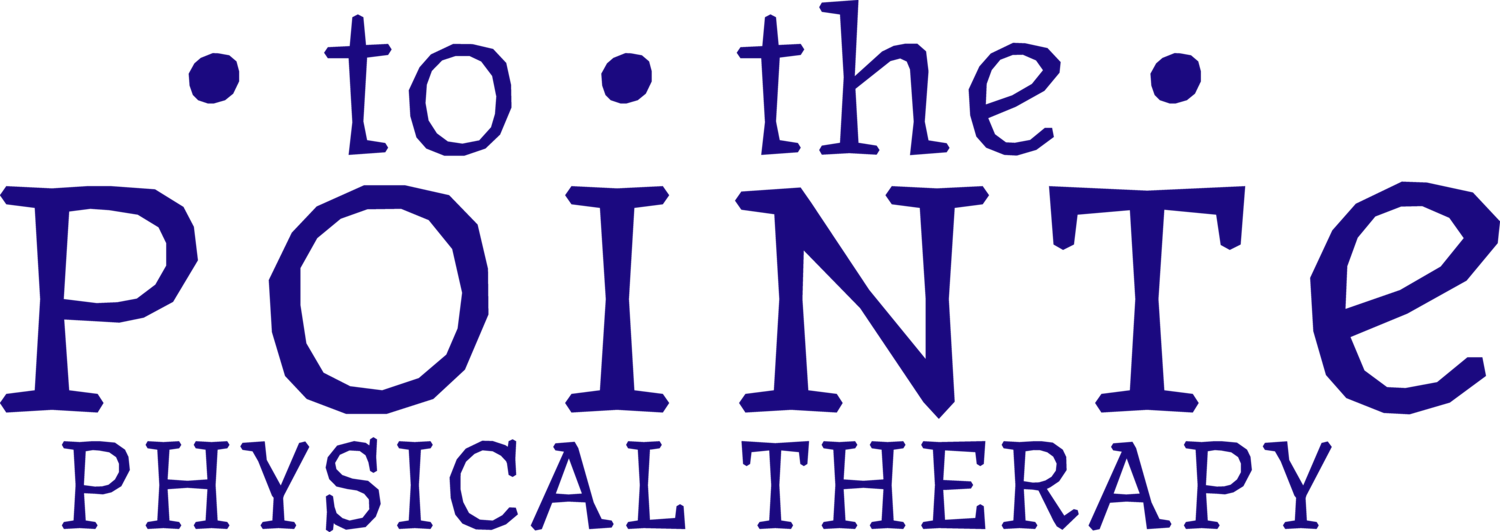When Tradition Becomes an Excuse
Let’s be honest, the world of ballet is slow to change. Just look at pointe shoes. They haven’t evolved much. There’s something sort of magical and nostalgic about traditions and choreography being passed on to each new generation of dancers. But when does tradition become an excuse to continue unhealthy or insensitive habits?
Why do some studios still promote weight loss and the “ideal” dancer body? Why are some dancers still encouraged to stretch and turnout beyond what their anatomy is safely capable of? How can ballet claim inclusivity and still require pink tights and shoes? This last idea is not necessarily physical therapy related but it needs to be addressed when talking about where ballet is going. What’s the best way to challenge these traditions so that truly everyone feels welcome in the studio and on the stage here in the 21st century?
I certainly don’t claim to have the answers. Each of these are complex and multi-faceted issues. It will take a lot of work to reverse some of these ballet culture norms, but one step at a time, together, we can ensure our beautiful art form is preserved but also open to all who enjoy it.
Will you help break the mold? Some ideas to chew on as dancers, teachers, directors, choreographers and patrons of the art:
1. If you have a body, and you dance, you have a dancer body. Don’t let anyone tell you you’re “too” anything. Many cities have several studios within a reasonable distance. Find one that celebrates and accepts you as you are. If you have a friend struggling with this, make sure they know you’ve got their back.
2. “Overstretching” is perfectly named. You are stretching beyond what is a safe range of motion. You only get one body. Please stop. And while we’re here, don’t let anyone push you down into a stretch. Ever. There are much safer ways to maximize your flexibility. And, when it comes down to it, flexibility means nothing if you don’t have control of your range.
3. Forcing your turnout can damage your body from your toes up to your spine. This technique method should be questioned, especially when taught to children. If you’re wondering how much turnout is safe for your body, seek out an experienced dance medicine provider.
4. Don’t have a cross training or conditioning class offered at your studio? Ask for one! More and more dance teachers are incorporating relevant dance medicine and science into their studios to ensure the safety of their dancers. It is common knowledge now that dancers need cross training outside of their technique classes.
5. Pink tights and pointe shoes were originally meant to extend the leg lines in an art form dominated by white bodies. Would your dancers of color feel more comfortable in tights and shoes that better matched their complexion? Please be willing to engage in a dialogue and listen to your dancers so they feel seen and heard. To be more inclusive, ballet needs to re-evaluate its culture and traditions and step into the 21st century. Ballet struggles with diversity on many levels, and I am not qualified to speak on it, but for guidance you could look to the leadership of companies like Dance Theater of Harlem, Alvin Ailey, and Alonzo King Lines Ballet among others.
Cool things are happening, and molds are cracking. In recent news and media….
1. The ballet world came together in swift defense of Prince George and all men and boys who dance after he was publicly bullied for taking ballet.
2. Dayton Ballet cast a woman, Miranda Dafoe, as their 2019 Nutcracker.
3. Alex Wong rocks his pointe shoes.
4. Misty Copeland, ABT’s first black woman promoted to principal dancer, is a household name and does ballet in Under Armour commercials.
5. Some pointe and soft shoe brands come in several shades now, just as dancers do. A tendu, if you will, in the right direction. By the way, the shoes in the image above are Gaynor Mindens.
6. Dance was ranked the most physically demanding job in the U.S. Duh.
The physical demands on dancers of stage/concert styles has increased dramatically with time, requiring we re-evaluate how dancers train for their art. Dance Medicine, under the umbrella of Sports Medicine, continues to offer insight and research to help guide medical professionals with the best course of action for their dancer patients. More needs to be done to bridge the gap between Dance Medicine knowledge and dance studios to try and prevent and reduce injury and ensure the longevity of professional dance careers and general health of the recreational dancer.
It’s no secret that ballet has struggled with how to preserve the art form and deep traditions as time moves forward and perceptions and ideas change. Dance has so much to offer the world if we can open our eyes and hearts to people from across the spectrum of humanity.
Next time you think or say, “because that’s how it is,” or “because that’s how we’ve always done it,” pause and ask yourself, “why?”
To your health and happiness,
Dr. Aimee







